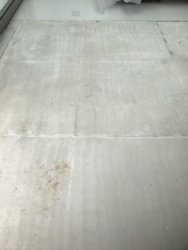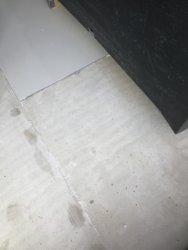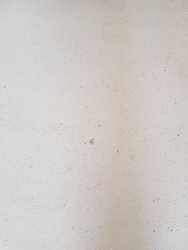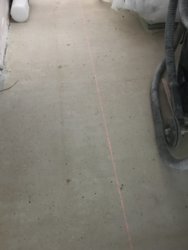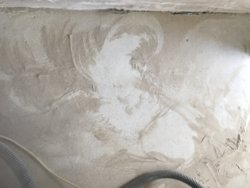S
Sachin Parab
Removing laitence from the floor is not just a case of a quick skim over or using a scrapper.
What method did he use and what equipment?
This year I ripped out and refixed an anhydride floor, which I know 100% was sanded by the contractor.
The reason I know is the client made a point of asking what they were doing.
The Builder then continued to install the floor with his Tiler.
9 months later it failed, on inspection, laitence was still present, it failed.
So we had to start from scratch, including re sanding of the floor.
The moisture reading using the hygrometer, how long were they left in place before readings taken?
I think a hand held sander was used. Is there a specific equipment he should have used.
The hygrometer readings were taken in 72 hours.
How do we check if laitance has been completely removed.
Thanks

